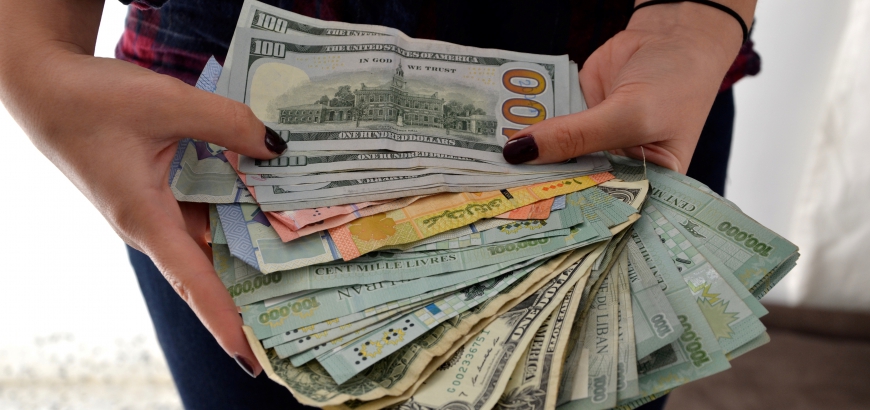A bank source estimated to Damas Post that the volume of external transfers arriving to Syria annually reaches about $1.5 billion.
This amounts to around 651 billion Syrian pounds, according to the exchange rate officially set at 434 Syrian pounds to the dollar.
The remittances, which are sent by Syrians to their families inside the country, have been one of the most important sources of income in recent years, becoming the main source of cash for tens of thousands of families whose fate might have been starvation if not for these transfers.
The source said that the total amount of money raised through remittances is above the annual total for salaries and wages, estimated at about 478 billion Syrian pounds.
In light of the absence of any clear official statement about the total or average daily value of remittances, sources told Damas Post that the daily value of remittances is a little more than $4 million.
The Syrian Central Bank has been silent about the real value of these transfers, saying that it is keen not to reveal any numbers concerning foreign currency that speculators could exploit to their benefit. The Syrian Central Bank's Governor Darid Durgham said in an interview that the transfers were a good amount without giving any specific number, especially given that the real value of transfers is difficult to estimate because of unofficial transfers through unlicensed offices and individuals, or coming in with travelers.
According to World Bank data, the value of Syrian expat remittances in 2016 reached about $1.62 billion – an average rate of about $4 million daily – which is close to the estimated number the Central Bank source gave Damas Post.
The Syrian Central Bank has issued a statement in which it allowed individuals to transfer any amount in foreign currency into Syria so that they can receive it in foreign currency, keep it in their bank account or exchange it for Syrian pounds within the conditions noted in the decision.
This article was translated and edited by The Syrian Observer. Responsibility for the information and views set out in this article lies entirely with the author.


